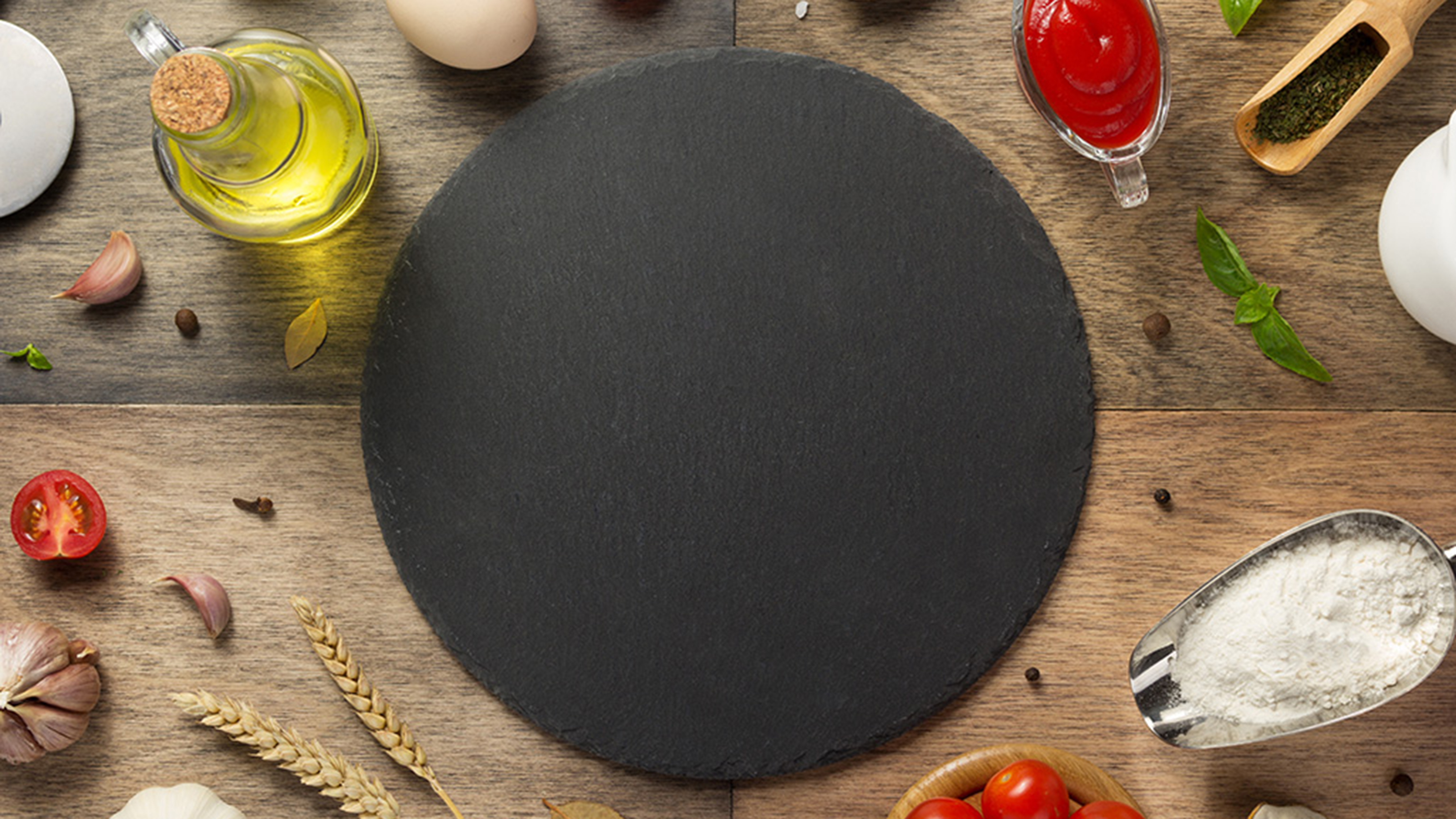

Wondering how to clean a pizza stone? If you love nothing more than baking a margarita or meat feast at home, taking care of your best pizza stone is a total no-brainer. Sure, they are a breeze to use, but there is a little more to consider when it comes to cleaning them...
In theory, the heat radiating off a baking stone means that anything burnt or baked-on should lift off with ease. But melted cheese, stubborn tomato or BBQ sauce, and all sorts of stragglers, often remain on pizza baking stones and it's essential they're wiped clean before your next use.
How to clean a pizza stone
Whether you're using yours inside or going al fresco with your best pizza oven – you didn't think you were getting away from doing the dishes that easily right?
Cleaning a pizza stone requires specific care to keep your dough-crisping device in good shape. 'A pizza stone is a great tool – you just have to be a little careful with how you clean it,' says Ayn-Monique Klahre, contributor at The Kitchn blog.
While some brands' models are dishwasher-friendly – others must be carefully washed by hand. And, if you are manually caring for a pizza stone, you will then have to give some thought to which detergents, (if any) you use on your stone.
'Because the stone is porous, it will absorb any soap or cleanser you put on it, so never clean it with anything you wouldn’t be comfortable eating.' Continues Klahre.
Plus, you don't want your pizza to taste of dish soap do you?
So understanding the material composition of your cooking material is the best place to start, then there are a ton of methods to help you sanitize your stone with natural and homemade cleaners for great results.
You will need:
- Plastic spatula (the KitchenAid Classic Slotted Turner on Amazon is our go-to)
- Household soft cloths – you'll want a couple of fresh ones.
- Baking soda
- Water
1. Let your pizza stone cool
Your pizza stone is going to be super hot when it comes off its cooking surface (bbq/oven/pizza oven), so let it completely cool down before attempting to clean it. If you ignore this advice, it could crack or break if it comes into contact with cool water while it’s still hot – which creates another hazard in itself!
2. Lightly scrape your pizza stone
Use the spatula to loosen any melted cheese or baked-on food debris. Do not use a metal spatula or knife, as these can scratch your pizza stone.
3. Wipe your pizza stone
Wipe off any remaining debris with a soft cloth.
4. Make a natural cleaning paste
If some crusty bits remain – bring on the baking soda cleaning. To get rid of any grub, try spot-treating it using a homemade concoction:
Mix 1 tablespoon of baking soda with just enough water to make a paste.
5. Use the paste as a scrub
Apply a small amount of the paste to the spot and scrub it gently with your brush in a circular motion. Baking soda will also get rid of any odors (think garlic, truffle/chilli oil and anything meaty which has a strong smell. You can buy baking soda on Amazon for next to nothing – although batch buying will save you a ton and come in super handy.
6. Wipe the pizza stone again
Wipe up any debris with a clean damp cloth.
7. Cook off stubborn bits
If there are still chunky bits that you can’t remove, place the pizza stone in the oven and turn the heat up to 500°F. Once it reaches that temperature, let the stone cook for about an hour to cook off the stubborn bits.
8. Let it dry
Finally, allow your pizza stone to dry completely (for at least 1 to 2 hours) before using it again.
How to clean a pizza stone with a brush
'Cooking stones are also simple to clean, but have to be taken care of, as rough scrubbing or use of soap can damage the product,' says Annabelle Luce, UK Communications Manager for ManoMano.
'After use, it is best to let it cool down, before wetting it with hot water and lightly scraping off any excess food. Pizza stones often come with a brush, so use this to gently clean the surface, before using a soft cloth to wipe off any remaining debris and drying.'
How to stop pizza sticking to a pizza stone
Though using a pizza stone on your best BBQ is a form of indirect grilling, this doesn't mean that your dough is immune from sticking to this surface. So we spoke to one expert who shared three simple ways to stop your bread base from becoming stuck onto your baking stone.
'Spreading semolina flour (doesn’t char as easily as other flours) or cornmeal (can leave a gritty texture on the dough if you use too much) on the pizza peel and pizza stone makes it easy to get the pizza on and off the stone without sticking.' says Rob D'Amico, interactive communications manager, Big Green Egg.
'Remember to put down more flour or cornmeal as needed if you are making more than one pizza.'
'Using parchment paper under the pizza also prevents the dough from sticking. Use a piece of parchment paper under the dough when making the pizza and, when it’s ready to cook, place the parchment paper with the pizza directly on top of the pizza stone. The parchment paper can stay the whole cooking time or you can pull it halfway through the cook when the dough is firm.'
'A pizza screen is yet another option to prevent the crust from sticking. Place the pizza on the screen once built and then put the screen on the baking stone. It is very easy to remove once the pizza is cooked.' Any generic pizza screen from Amazon can be a life-saver.
What is a pizza stone made from?
To understand why you need to be careful when cleaning a pizza stone, it might be helpful to know what they're made from, so we did our research to see what different retailers stock.
The pizza baking stones we've seen have either been crafted from cordierite, ceramic, steel or clay and come in a variety of shapes and sizes so you can manipulate your stretchy pizza base to fit the stone to size, and can accommodate for small or large slices for your hungry family and friends.
Though we briefly touched on the fragility and care you should take in not taking your baking stone from cool to hot temperatures too quickly (and vice versa) – not all pizza stones are made equally. So it might pay dough-shaped dividends to pay a few extra dollars for a premium pizza stone instead of a cheaper choice. Remember the adage 'Pay cheap, pay twice?'
The Emile Henry pizza stone, available from Amazon is made from a proprietary clay mixture and patented technology, and can go straight from fridge or freezer to oven or grill without cracking. It has a 10-year guarantee (so you can keep popping out those pizzas time and time again), and is dishwasher-safe (great if you've invested in the best dishwasher to clean enough plates for a garden party pronto).
How not to clean a pizza stone
Pizza stones are permeable, which means that the fat will seep into stone and be absorbed by it – exactly what you don't want when you're trying to draw out moisture as one expert warns.
'Caring for your pizza stone requires a little education, but you’ll find that a pizza stone is pretty hands-off when it comes to keeping it in working order.' says Carlos C. Olaechea, contributing writer, Food Network Kitchen.
'The first thing you should know is that you should never try to season a pizza stone like you would a cast iron skillet or carbon steel pan. In other words, do not ever oil your pizza stone.'
'The second thing to keep in mind is that your pizza stone will look splotchy and have stains and burn marks on it over time. That is perfectly normal and doesn’t mean your stone is dirty.'
Cleaning spillages off of the pizza stone surface
If your pepperoni has pivoted its way off your pizza stone, ensure you clean your grill properly.
So, as well as cleaning a pizza stone, you'll also need to think about what's around it too. That might include cleaning oven racks and more.
How to store a pizza stone
As well as cleaning a pizza stone, you'll probably want to know where to put it away after you've finished using it. This one's simple for oven-users, as you shouldn't need to move it anywhere, or need specialist kitchen storage ideas, according to the food experts.
'The best place to store a pizza stone is in your oven,' advises Olaechea.
'You can avoid lugging it around while also preventing the risk of it breaking. As well, it can actually help with all your other baking as it makes your oven more efficient, hotter and sometimes more accurate in temperature.'
'But, best of all, continuously heating up and cooling down your pizza stone in the oven can actually help create a non-stick surface over time, making it easier and easier for you to get amazing pizzas from your stone.'
What happens if you don't clean a pizza stone?
As well as being grim to look at, it's possible that mold can build up on a dirty pizza stone, or one that hasn't been cleaned thoroughly enough. Let's face it, these surfaces are designed to get hot, and bacteria loves warm environments with a fuel source (your crumbs and tasty toppings will do).
We all expect a charred pizza underside, but if your pizza stone is black (from dirt and other inedible things like charcoal), it could transfer onto the dough, so you and your guests will literally be eating week/month/year old debris (depending on the last time you used it). And, if that's not gross enough, this unhygienic practice could cause stomach issues if it's not taken care of.
Join our newsletter
Get small space home decor ideas, celeb inspiration, DIY tips and more, straight to your inbox!

Hi, I'm the former acting head ecommerce editor at Real Homes. Prior to working for the Future plc family, I've worked on a number of consumer events including the Ideal Home Show, Grand Designs Live, and Good Homes Magazine. With a first class degree from Keele University, and a plethora of experience in digital marketing, editorial, and social media, I have an eye for what should be in your shopping basket and have gone through the internal customer advisor accreditation process.
-
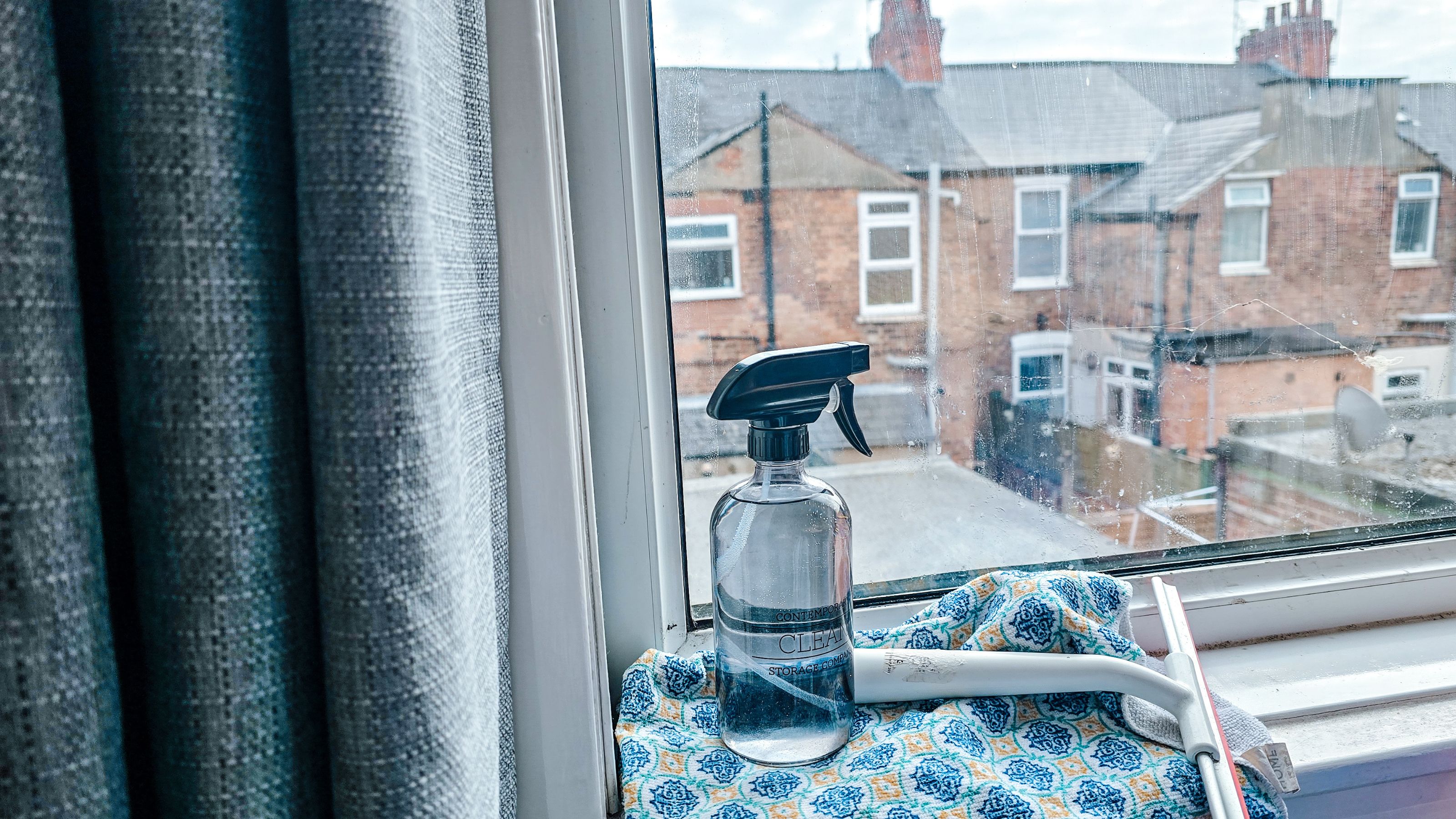 How to clean windows without streaks — 5 easy steps that cleaning pros always follow
How to clean windows without streaks — 5 easy steps that cleaning pros always followThis method on how to clean windows is favored by professional cleaners. We've asked them for the steps you should follow, plus picked cleaning buys
By Eve Smallman
-
 The latest Shark sale deals are perfect for pollen-proofing your home — with up to $150 off our favorite vacuums
The latest Shark sale deals are perfect for pollen-proofing your home — with up to $150 off our favorite vacuumsWe found the latest Shark sale deals on vacuums that are sure to be swooped up, especially as spring blooms trigger pollen allergies and we're in need of extra cleaning
By Danielle Valente
-
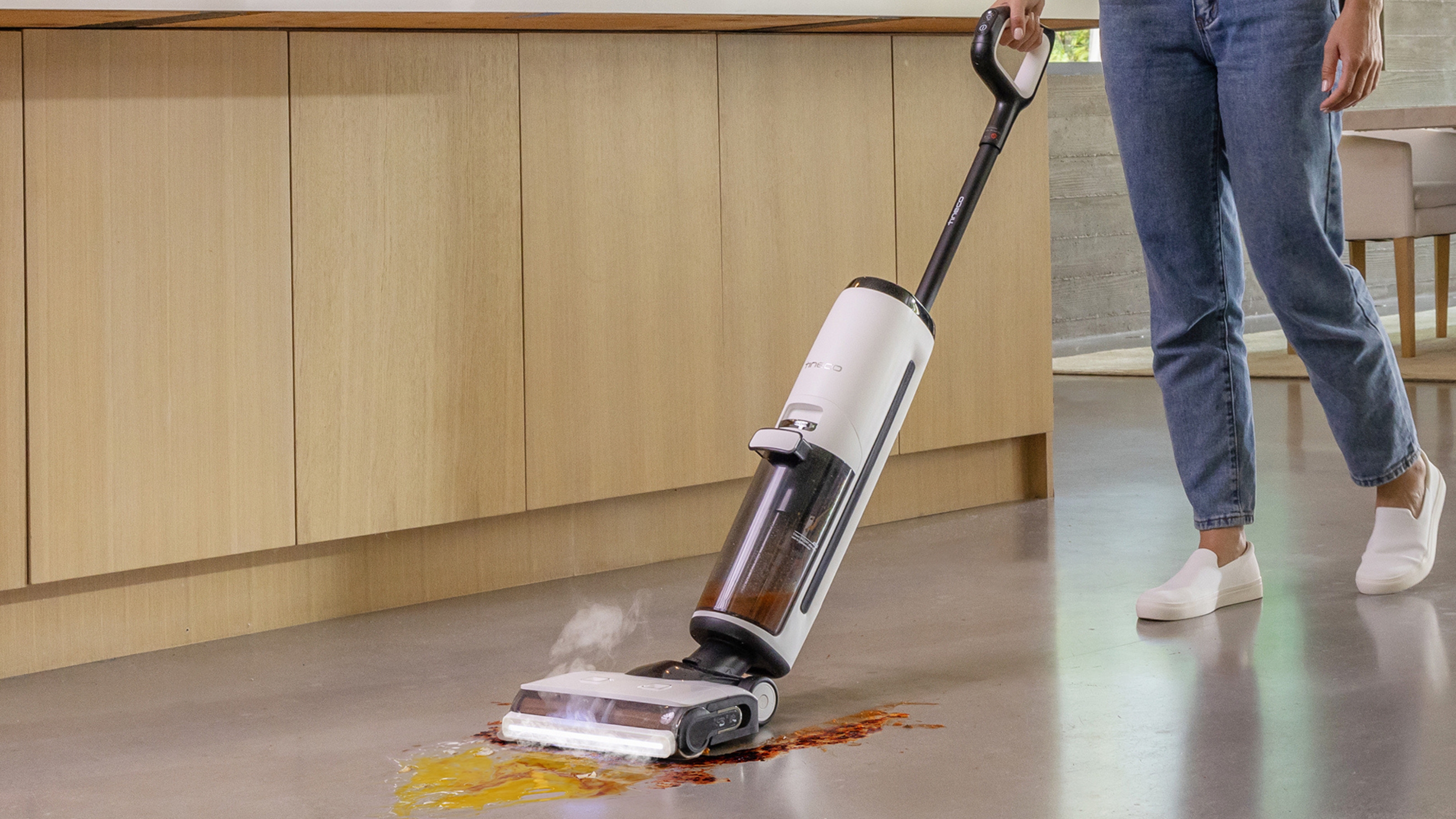
 Tineco Floor One S7 steam wet-dry vacuum review — spotless floors with minimal effort
Tineco Floor One S7 steam wet-dry vacuum review — spotless floors with minimal effortOur contributing editor, Camryn Rabideau, tests the Tineco Floor One S7 steam wet-dry vacuum in her New England homestead property
By Camryn Rabideau
-
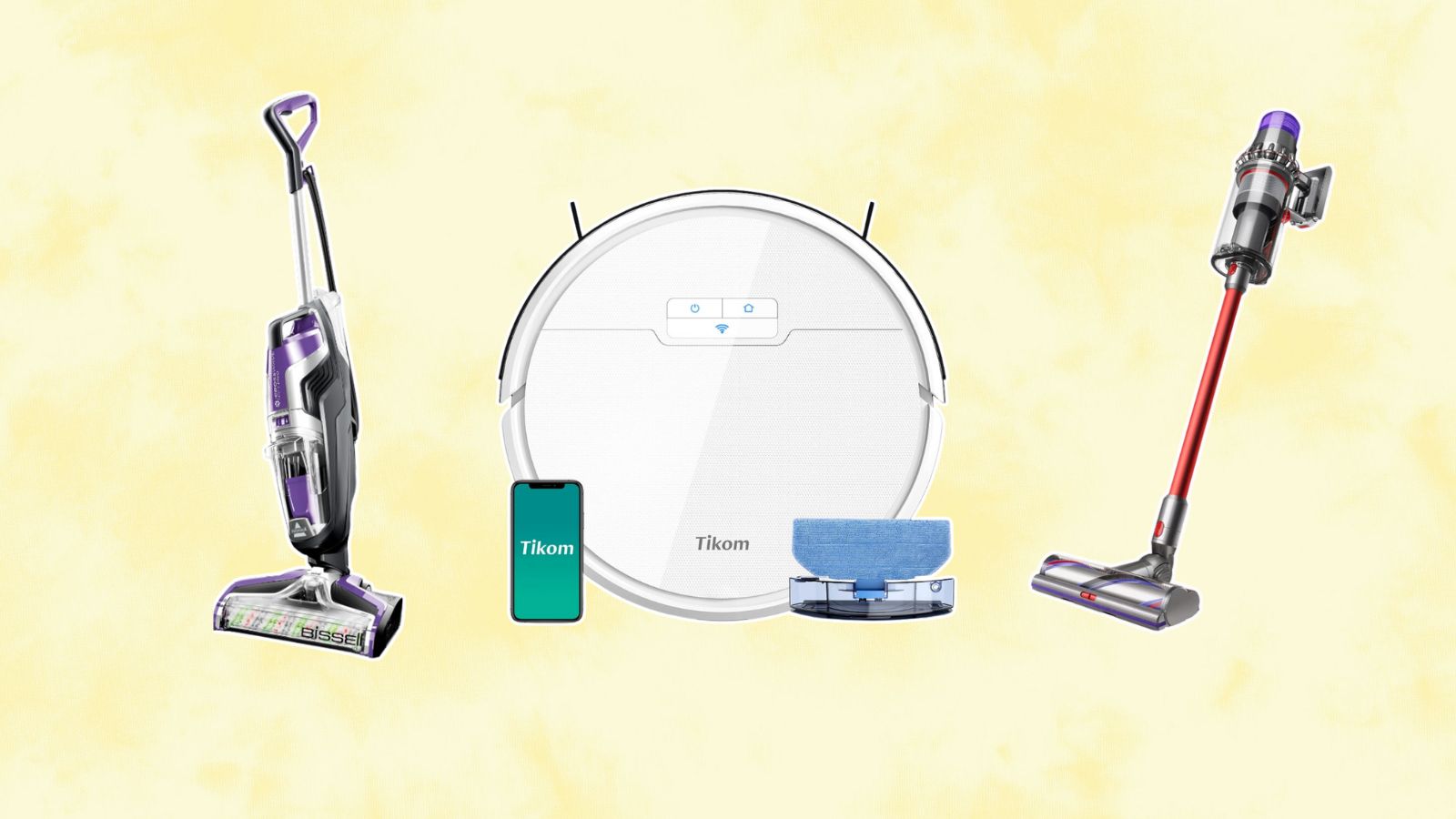 Amazon vacuum cleaners to nab during the retailer's Big Spring Sale — save up to 60% off our go-to small-space finds
Amazon vacuum cleaners to nab during the retailer's Big Spring Sale — save up to 60% off our go-to small-space findsChecking out the savings on Amazon? Vacuum cleaners are a must-buy during their first Big Spring Sale — here are our favorites up to 60% off
By Danielle Valente
-
 The Home Edit Walmart cleaning collection has just debuted with finds from $3
The Home Edit Walmart cleaning collection has just debuted with finds from $3Spring cleaning, anyone? The Home Edit Walmart cleaning collection has hit shelves with picks from $3
By Danielle Valente
-
 How to clean carpet on stairs — 3 simple steps to a spruced up staircase
How to clean carpet on stairs — 3 simple steps to a spruced up staircaseWant to know how to clean carpet on stairs? Our experts explain the simple steps to a sparkling stairway without too much elbow grease
By Andy van Terheyden
-
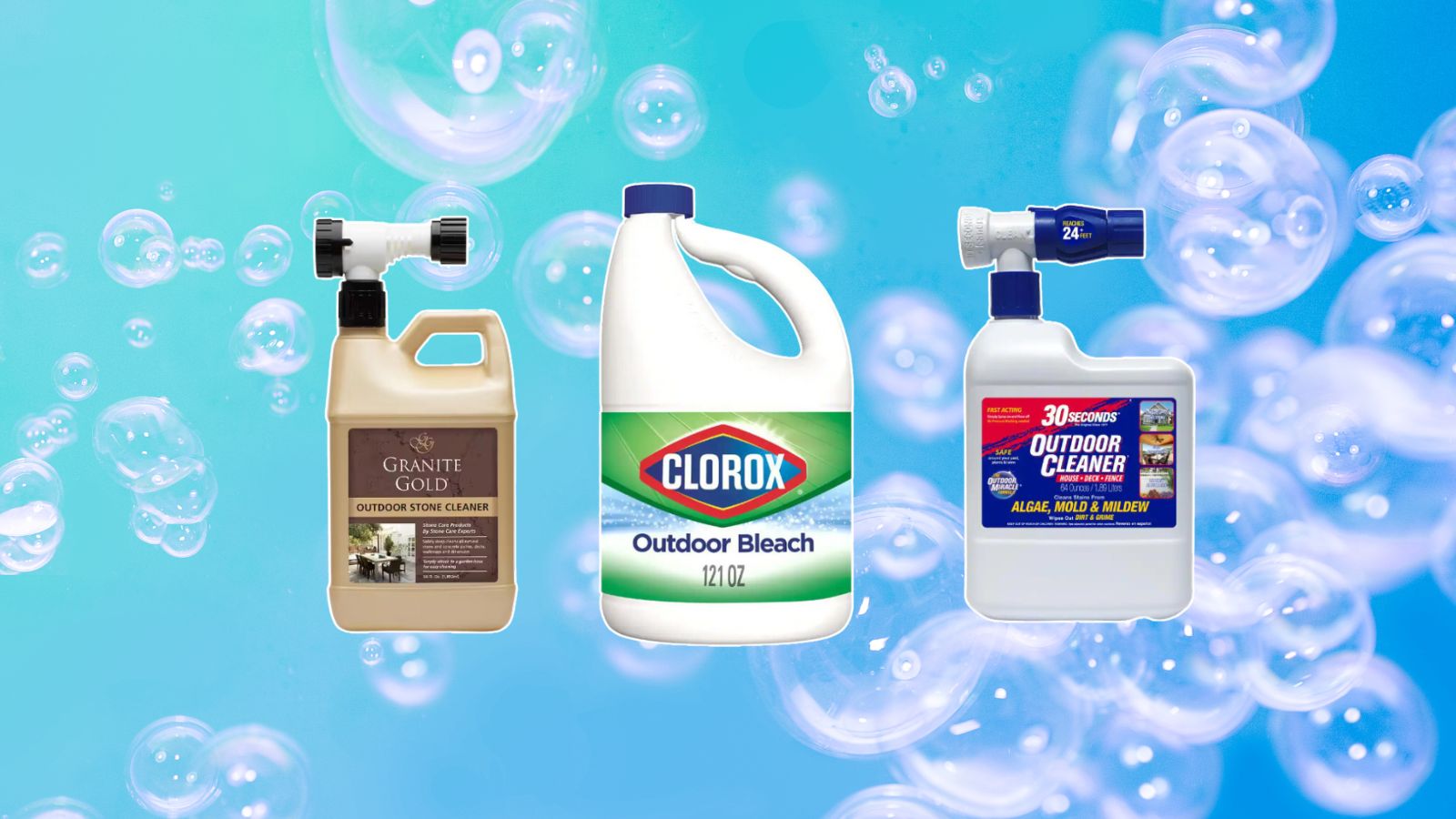 The Home Depot backyard and patio cleaning supplies we're stocking up on before spring
The Home Depot backyard and patio cleaning supplies we're stocking up on before springDon't forget the outdoors when spring cleaning — The Home Depot backyard and patio cleaning buys from $11 will assist with tidying up
By Danielle Valente
-
 The Shark Detect Pro vacuum and other models are on sale for St Patrick's Day — perfect picks for your spring clean
The Shark Detect Pro vacuum and other models are on sale for St Patrick's Day — perfect picks for your spring cleanWhether you're eyeing the Shark Detect Pro Vacuum or Shark Pet Cordless Stick Vacuum, shop the St. Patty's Day sale for a discount on the best vacuums on shelves
By Danielle Valente